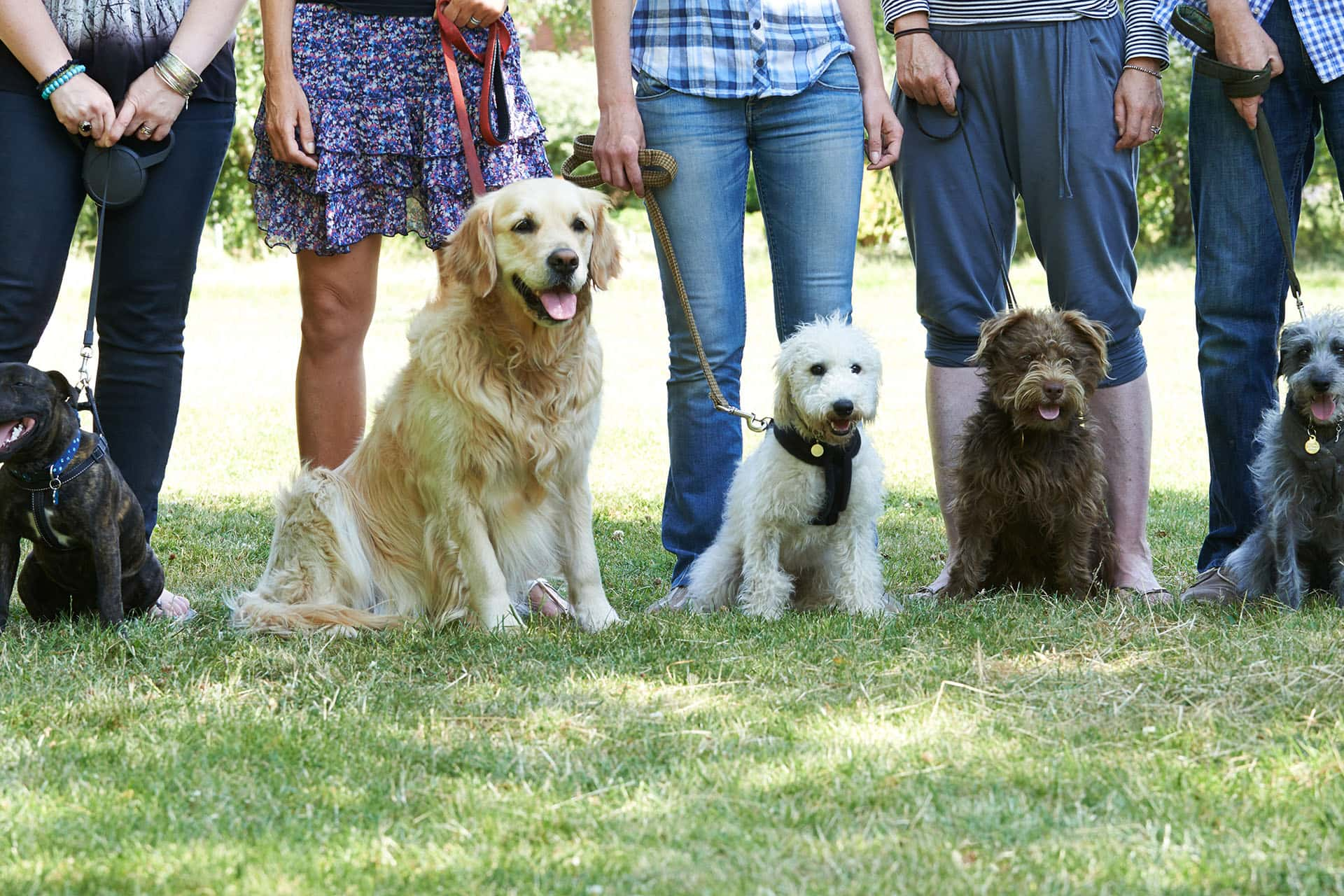For example, in 2016 almost half a million people developed multi-drug resistant tuberculosis, an estimated 700,000 people die from antimicrobial resistant (AMR) infections every year, and an untold number of sick animals may not be responding to treatment.
AMR, livestock and pets
High use of antibiotics in agriculture has been identified as a contributor to the AMR problem, particularly when they are used as growth promoters in livestock. This is prohibited in the EU, but is still a common practice in many other countries. But it is not just food animals that can be a source of such bacteria, household pets (more scientifically known as companion animals, which are pets like cats and dogs plus horses) can and do carry AMR bacteria.
“We are using a significant amount of antibiotics in companion animals, including those drugs also important for treating infections in people” says Professor Nicola Williams from the University of Liverpool. “We need to look more closely at what bacteria household pets carry, risk factors for transmission between pets and owners, and crucially veterinary practices in terms of how and why they are prescribing drugs.”
A broad 'One Health' approach
Williams and colleagues have taken a broad ‘One Health’ approach, which recognises people’s health is connected to the health of animals and the environment. They have been looking at the biology of AMR and behaviours which may contribute to AMR, such as the recent movement to feed dogs raw meat diets. People have bought into the belief that dogs should eat raw meat because they are closely related to wolves, but cooking pet food reduces the dogs’ (and people’s exposure) to potentially pathogenic and resistant bacteria.
This was tragically illustrated in 2017 when four people were infected and one died due to Shiga toxin-producing E.coli (STEC) O157 bacteria from exposure to raw pet food. Public Health England has subsequently published guidelines on handling and preventing infection from raw pet foods. “Raw meat opens up a new transmission route from meat to animals, and we share bacteria in our gut flora with dogs due to the close and frequent contact we have with them,” Williams explains. “We have shown that feeding raw meat is a risk factor for the carriage of bacteria that are resistant to important classes of antibiotics against E.coli.”
A multidisciplinary approach and global action
Tackling the wider problem of AMR requires a truly multidisciplinary approach and global action, as AMR does not respect geographical boundaries. Another project Williams leads features social scientists, economists, vets, epidemiologist and microbiologists among a partnership of five UK universities and five Indian research institutions and is jointly funded between the UK and India.
They are looking at resistance to antibiotics in the huge Indian poultry industry, identifying hotspots for selection and behaviours that contribute towards AMR, as well as working with industry partners to plan practical interventions. AMR is a massive problem in India both in people and in animals, with concerted effort needed to halt the current AMR trajectory which will result in bacteria being resistant to all antibiotics, including the last resort drug colistin, which is used in the poultry industry as a growth promoter.
AMR impacts us all, from a relative going to hospital, to the farm meat that people want to eat being safe and affordable, to keeping our pets healthy. Williams says work on tackling the issue needs a balance between sustainable action and recognising that antibiotics are needed for ensuring animal health and welfare. Taking a One Health approach to AMR is the way forward, so people can address all aspects of the problem.
At Liverpool we have wide-ranging expertise that can contribute to tackling the issue. Working across human and animal spheres and more widely across the university, with our Centre for Antimicrobial Pharmacodynamics.
Professor Nicola Williams
Back to: Research
